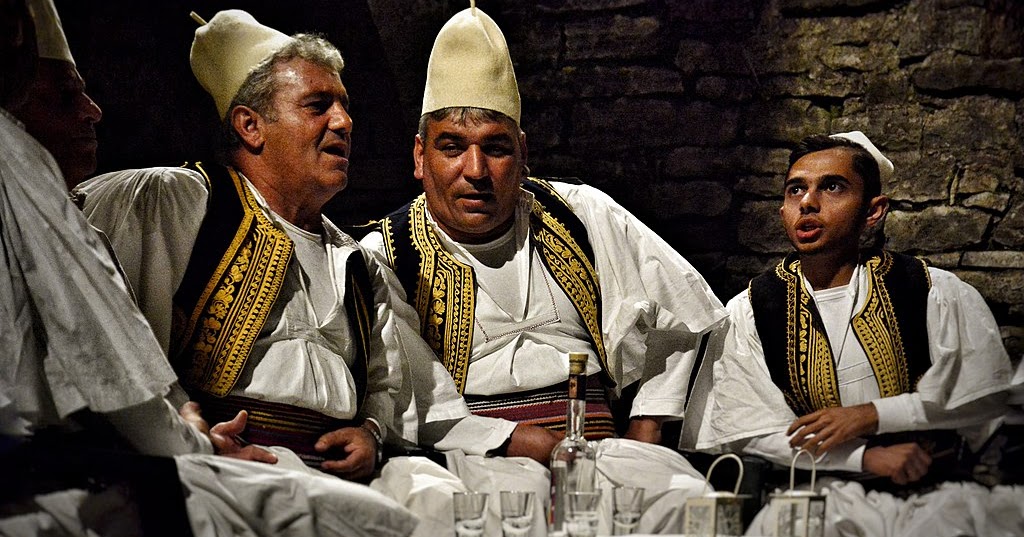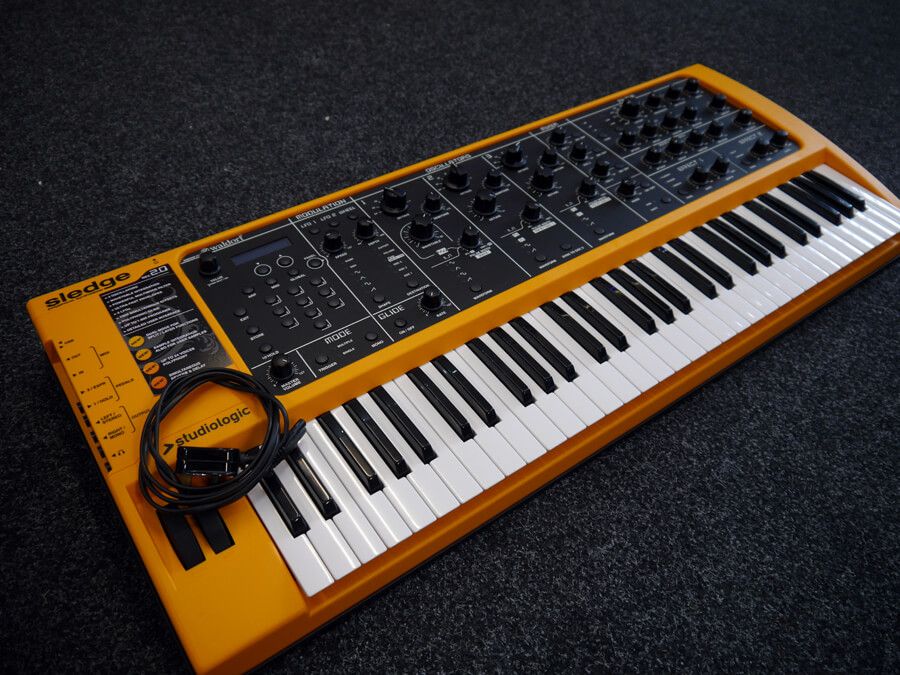
1135–1201) is credited with originating the Magnus liber organi (Great Book of Organum), which contains several different kinds of innovative compositions, including organum sections for Graduals, Alleluias, and Responsories for the entire liturgical year. These compositions, called organum, consisted of a new added part above the traditional chant. Notre Dame Organum and the Substitute Clausulae.Īlong with the construction of the Gothic Cathedral of Notre-Dame in Paris in the twelfth century came distinctive and far-reaching experiments in composition of a new polyphonic repertory by two of theĬathedral's choirmasters: Master Leonin and Master Perotin. It is at this point that we can mark the true beginning of composed polyphony, the most distinguishing mark of Western art music.

By the twelfth century additional experiments revolving around the monastery of Saint-Martial in Limoges (central France) involved composing two lines of music with separate melodic profiles, which resulted in constantly changing harmonies between the two parts. All of these techniques are known as "organum," and the earliest written examples of the technique can be found in eleventh- and twelfth-century manuscripts from England and France. Extensions of this idea include refinements made by one of the voices varying from exact parallel at different times, creating different harmonies, or one voice moving slowly while the other moves quickly, filling in the gap with ornamental passages. The basis of the technique comes from parallel motion, which is described by Hucbald as the sound that results when a man and a boy sing the same melody simultaneously, each one in his own range.

900, and later expanded and developed in a number of treatises including Micrologus (Little Discussion), by Guido of Arezzo.

Instruction and information about polyphony is found in theoretical treatises from as early as the De harmonica institutione (Melodic Instruction), written by the monk Hucbald c. The effect was somewhat different on secular music, where polyphonic music became the treasured repertory of the upper classes, creating a musical class distinction that had not existed previously. It added an entire new body of works to sacred music, supplementing the chant and even replacing it on special occasions. Monophonic music, both chant and the secular compositions, continued to be performed throughout the Middle Ages and long after, but once invented, polyphony invaded all forms with dramatic consequences. But the musicians of Europe took the idea quite a bit further, developing and refining the practice to a level of complexity that could not be extemporized, but required long thought-out and calculated written composition. In its simplest forms polyphony can easily be improvised as, for example, when two or more performers simultaneously sing the same song at different pitches, and it still exists in that form in a number of cultures. The idea itself undoubtedly originated centuries earlier than the earliest written evidence or even the first mention in theoretical treatises. The most far-reaching addition to music during the Middle Ages was the invention of polyphony-music in more than one part-an aspect of Western art that is not duplicated in any other culture. The Earliest Polyphonic Music Origins and Development.


 0 kommentar(er)
0 kommentar(er)
